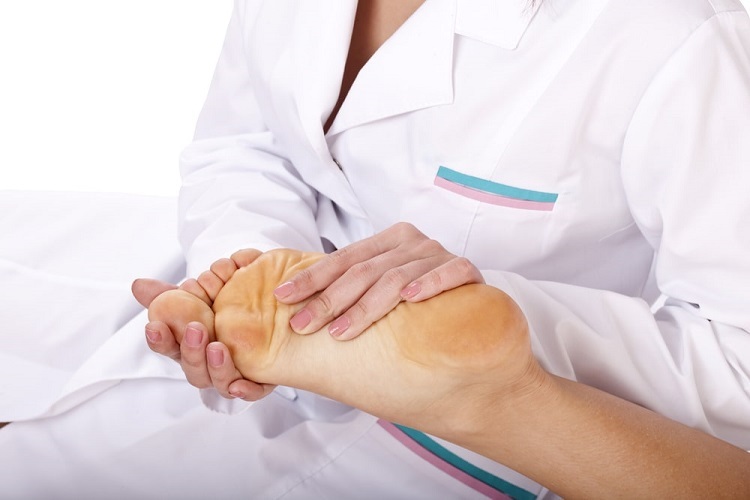Heel pain is a common musculoskeletal complaint. Numerous conditions can cause heel pain; they are broadly divided into inflammatory and noninflammatory conditions.
Inflammatory conditions include plantar fasciitis, calcaneal bursitis, Haglund’s deformity, Achilles tendinopathy, retrocalcaneal or retro-Achilles bursitis, and tarsal tunnel syndrome.
Noninflammatory causes include various forms of arthritis, bone tumors, muscle-related conditions (e.g., insertional tendonitis), nerve entrapments (e.g., tarsal tunnel syndrome), fat pad atrophy, plantar fasciitis, heel spurs, and midtarsal instability. You should see a specialist immediately if you suffer from heel pain in Scottsdale.
The following are some treatments for heel pain.
Table of Contents
Icing and Heating
Ice or a cold pack can be applied for 15 to 20 minutes two to four times daily to reduce inflammation in the heel. You should ice for the first 48 to 72 hours. After this period, heat may be applied. Heat can be applied over the counter using chemical heat packs or soaking the foot in warm water. Heat is generally safe but should never be used 48 hours after an injury to avoid thermal injury.
Inversion Therapy
Inversion therapy is a treatment for plantar fasciitis and other inflammatory causes of heel pain. The patient’s feet are strapped to a board as they hang over the end in this procedure. The weight of gravity pulls the foot further into an inverted position. The process stretches the plantar fascia and soft tissue in the heel. Inversion therapy should be performed under medical supervision because it can aggravate existing injuries. The main disadvantage of this treatment is that it does not generate heat, which speeds healing.
Hernia Pads
Applying a pad to the heel may be helpful for patients with fat pad atrophy. The pad pushes up the fat pad into the space between the calcaneus and cuboid, relieving pressure on inflamed tissue in this area.
Medications
After the initial inflammatory stage has subsided, over-the-counter pain medications can be helpful in the management of chronic symptoms. Nonsteroidal anti-inflammatory drugs (NSAID) such as ibuprofen might also help if the pain is mild. If you are not overweight, consider adding a calcium supplement to help strengthen the heel bone.
Physical Therapy and Orthotics
Several physical therapy techniques are available to treat individual heel pain conditions. A custom-molded orthotic device can be helpful for patients with chronic midtarsal instability. In patients with plantar fasciitis, some physical therapy modalities are beneficial. These include night-splinting, low-intensity shock wave therapy, and extracorporeal shockwave therapy.
Surgery
Doctors may treat plantar fasciitis with resection of the plantar fascia or open release of the plantar soft tissues. This procedure is often successful if one meets all criteria for arthroscopic plantar fasciotomy: unilateral plantar fasciitis, intact plantar fascial anatomy, and architecture at the proximal insertion site.
Surgery for calcaneal bursitis, Achilles tendinopathy, retrocalcaneal or retro Achilles bursitis, Haglund’s deformity, and retro Achilles bursitis (calcaneal enthesopathy) is often successful.
Several different factors may cause heel pain, so your doctor should perform tests to determine the specific cause. The above treatment methods should apply to most heel pain cases. If you experience heel pain, see your doctor or consult with a podiatrist.

